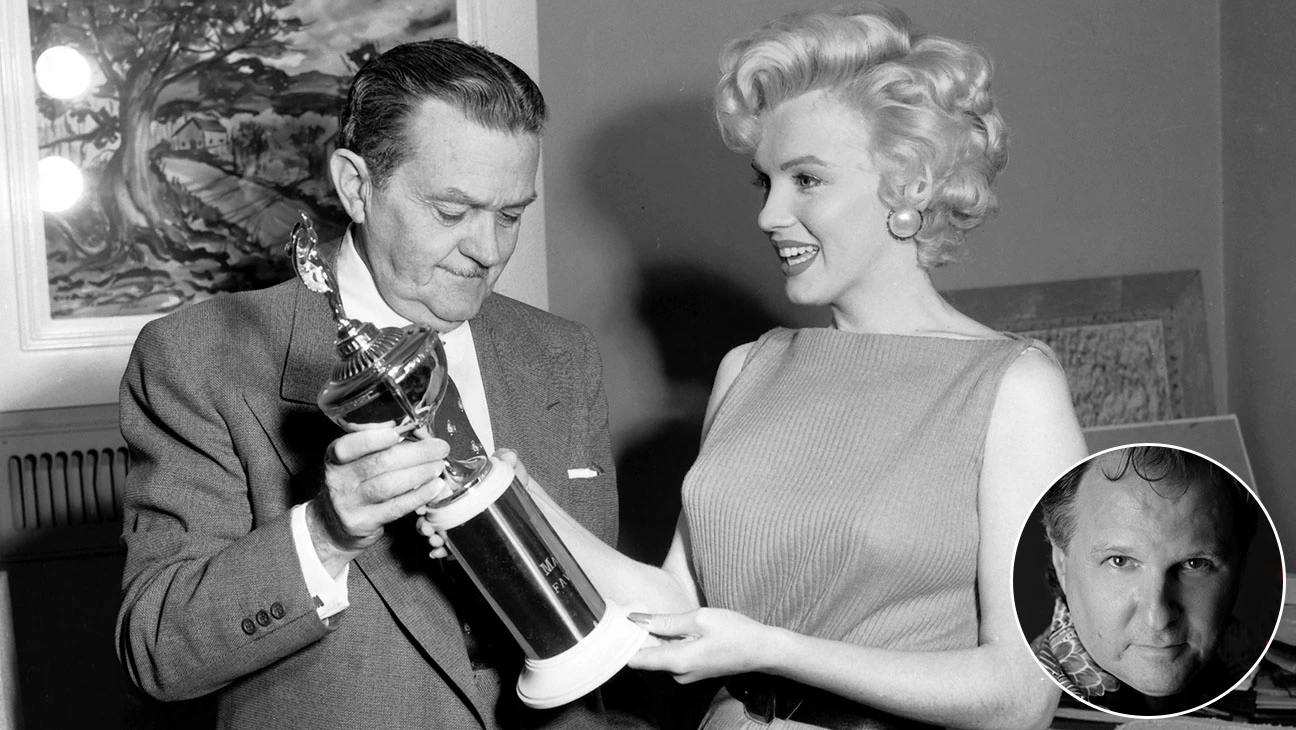What Did Billy Wilkerson Have to Do With Las Vegas?
Billy Wilkerson, a notable American businessman and entrepreneur, left an indelible mark on the landscape of Las Vegas during the 1940s. His influence reached iconic proportions through his involvement in the creation of one of the city’s legendary establishments, the Flamingo Hotel and Casino.
Wilkerson initially ventured into the world of Las Vegas real estate by acquiring the land that would later become the site for the illustrious Flamingo Hotel and Casino. However, this narrative took an unexpected turn when Wilkerson decided to sell the property to Benjamin “Bugsy” Siegel, a notorious mobster with grand visions for the burgeoning gambling scene.
Apart from his foray into the casino business, Wilkerson was a multifaceted personality, also known as the founder of The Hollywood Reporter, a publication that became synonymous with the entertainment industry. Leveraging his extensive connections within the world of entertainment, Wilkerson played a pivotal role in drawing celebrities and high rollers to the burgeoning desert oasis of Las Vegas.
Beyond the Flamingo, Wilkerson’s imprint extended to the ownership of Ciro’s, a fabled nightclub nestled along the Sunset Strip. This establishment gained legendary status as a favored haunt for Hollywood celebrities, solidifying Wilkerson’s influence not just in Las Vegas but also within the glamorous circles of the entertainment industry.
However, the tale of Billy Wilkerson’s involvement in Las Vegas is not without its share of controversies. His connections with organized crime figures, an unavoidable aspect of the casino world during that era, raised eyebrows and led to conflicts, ultimately resulting in his compelled divestiture of the Flamingo.
In the broader context of the early development of Las Vegas and the burgeoning gambling industry in the United States, Billy Wilkerson played a pivotal role. Despite the shadows cast by his associations with organized crime and the tumult surrounding the Flamingo, Wilkerson’s legacy remains an integral part of the complex tapestry that is the history of Las Vegas.
Vegas History:
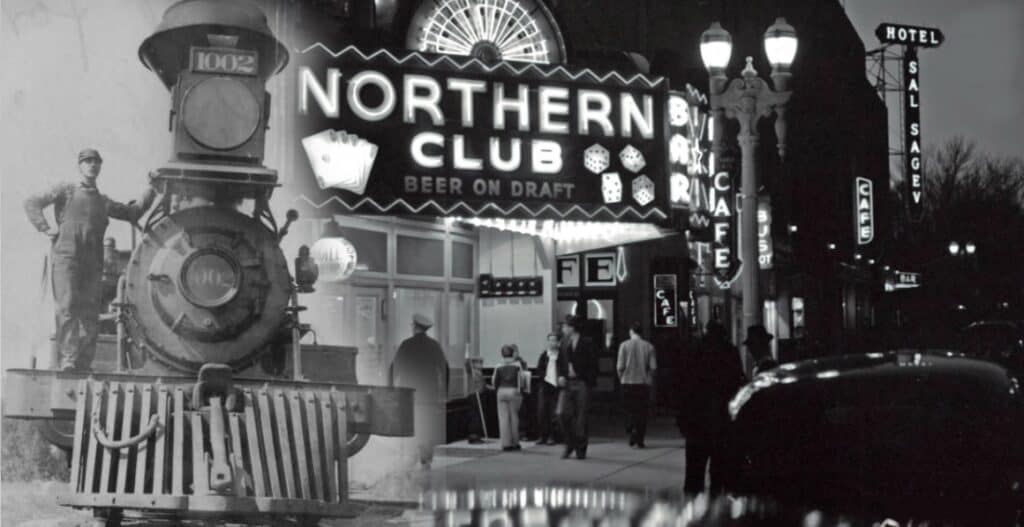
Las Vegas History: Railroad Development Paved the Way for Las Vegas to Become the Gambling Capital of the World
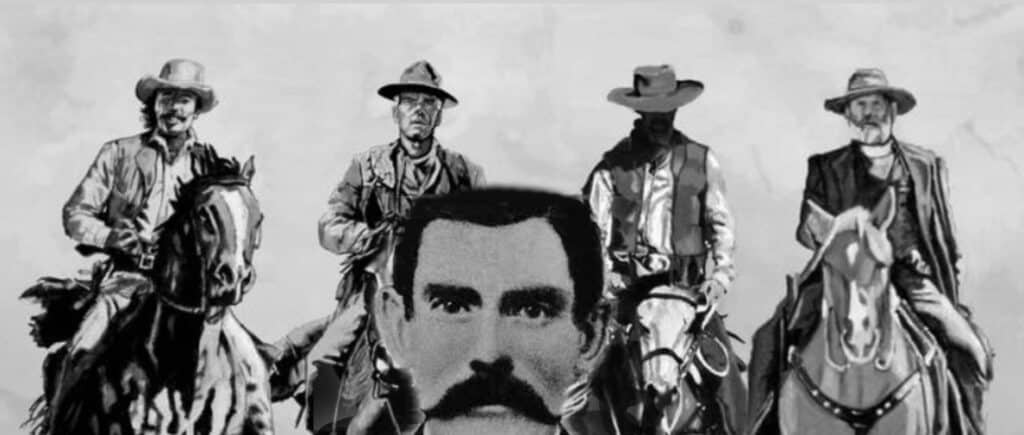
Las Vegas History: Doc Holliday Famous Gambler Gunslinger and Resident of Las Vegas
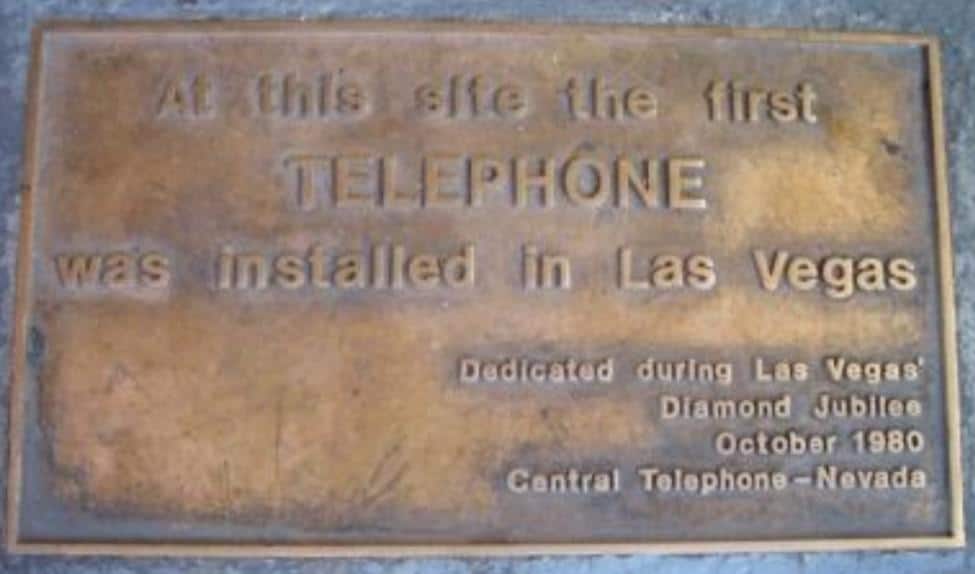
Las Vegas History: How Las Vegas’ First Telephone Exchange Made Bugsy Siegel’s Race Wire Possible

Las Vegas History: The Official Naming of Las Vegas 1905
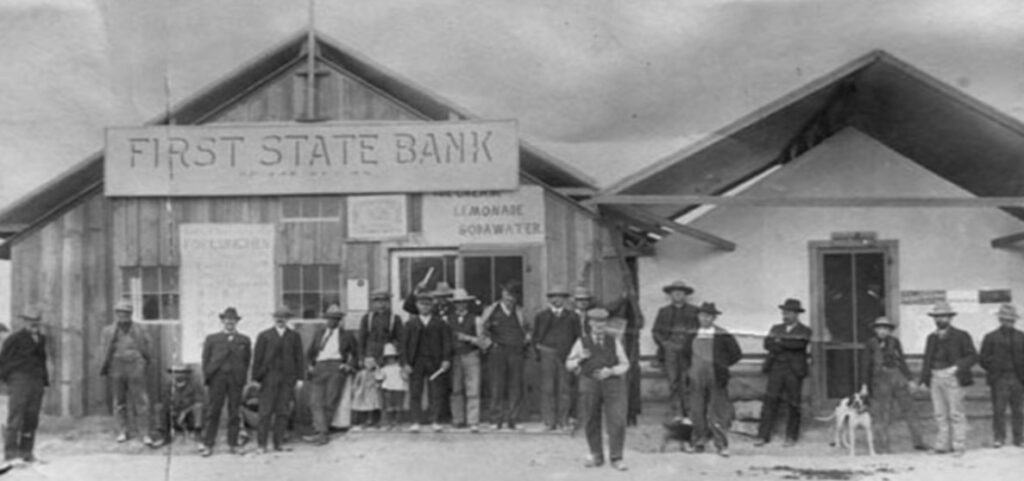
Las Vegas History: 1864 Las Vegas The Impact of Nevada Statehood
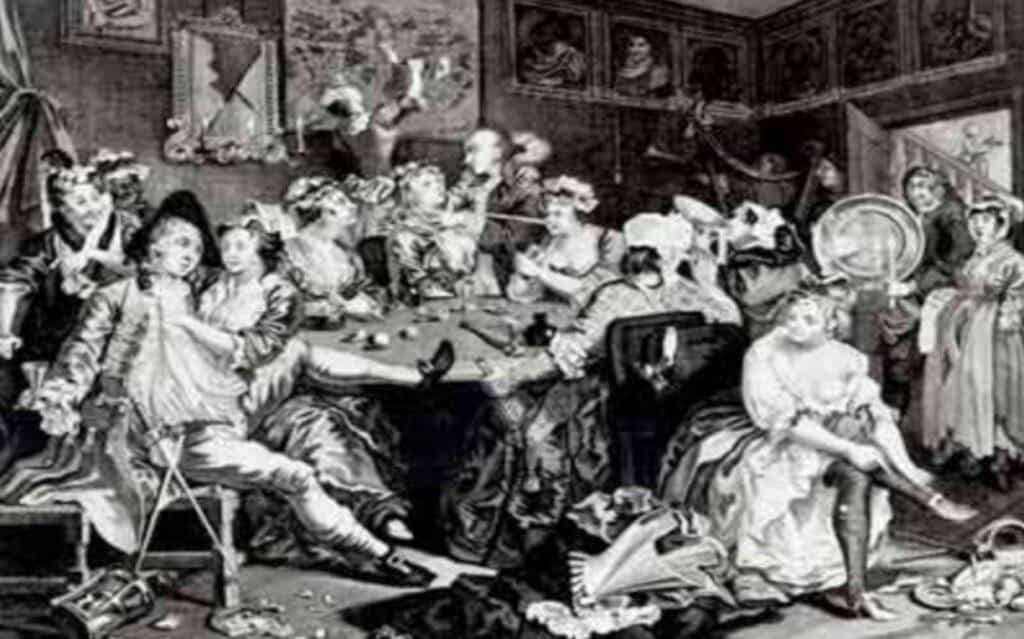
Las Vegas History: Las Vegas and It’s Vices in the 1850s
Frequently Asked Questions (FAQs):
1. Who was Billy Wilkerson?
Billy Wilkerson was an American businessman and entrepreneur known for his involvement in the development of iconic properties in Las Vegas during the 1940s.
2. What role did Wilkerson play in the creation of the Flamingo Hotel and Casino?
Wilkerson purchased the land where the Flamingo was later built, but he sold the property to mobster Benjamin “Bugsy” Siegel, who played a significant role in establishing the famous casino.
3. What was Wilkerson’s connection to the entertainment industry?
Wilkerson was the founder of The Hollywood Reporter, a prominent entertainment industry publication. He leveraged his connections to bring celebrities and high rollers to Las Vegas.
4. Apart from the Flamingo, did Wilkerson own other significant establishments?
Yes, Wilkerson owned Ciro’s, a legendary Sunset Strip nightclub that became a popular destination for Hollywood celebrities.
5. What led to Wilkerson’s forced divestiture of the Flamingo?
Wilkerson’s connections to organized crime figures and conflicts with Siegel and other investors led to his compelled sale of the Flamingo.
6. How did Wilkerson contribute to the early development of Las Vegas?
Through his involvement in key real estate transactions and connections, Wilkerson played a crucial role in shaping the early landscape of Las Vegas.
7. What impact did Wilkerson’s connections to organized crime have on his legacy?
While Wilkerson made significant contributions to Las Vegas, his legacy is somewhat overshadowed by controversies related to his associations with organized crime figures.
8. Was Wilkerson solely focused on the casino industry in Las Vegas?
No, Wilkerson’s interests extended beyond casinos. His ownership of The Hollywood Reporter and Ciro’s showcased his diverse entrepreneurial ventures.
9. How did Wilkerson influence the influx of celebrities to Las Vegas?
Utilizing his connections in the entertainment industry, Wilkerson attracted celebrities and high-profile individuals to the burgeoning gambling scene in Las Vegas.
10. What is the enduring legacy of Billy Wilkerson in Las Vegas history?
Despite controversies, Wilkerson’s legacy endures as a key figure in the early development of Las Vegas, contributing to its transformation into a global gambling destination.

